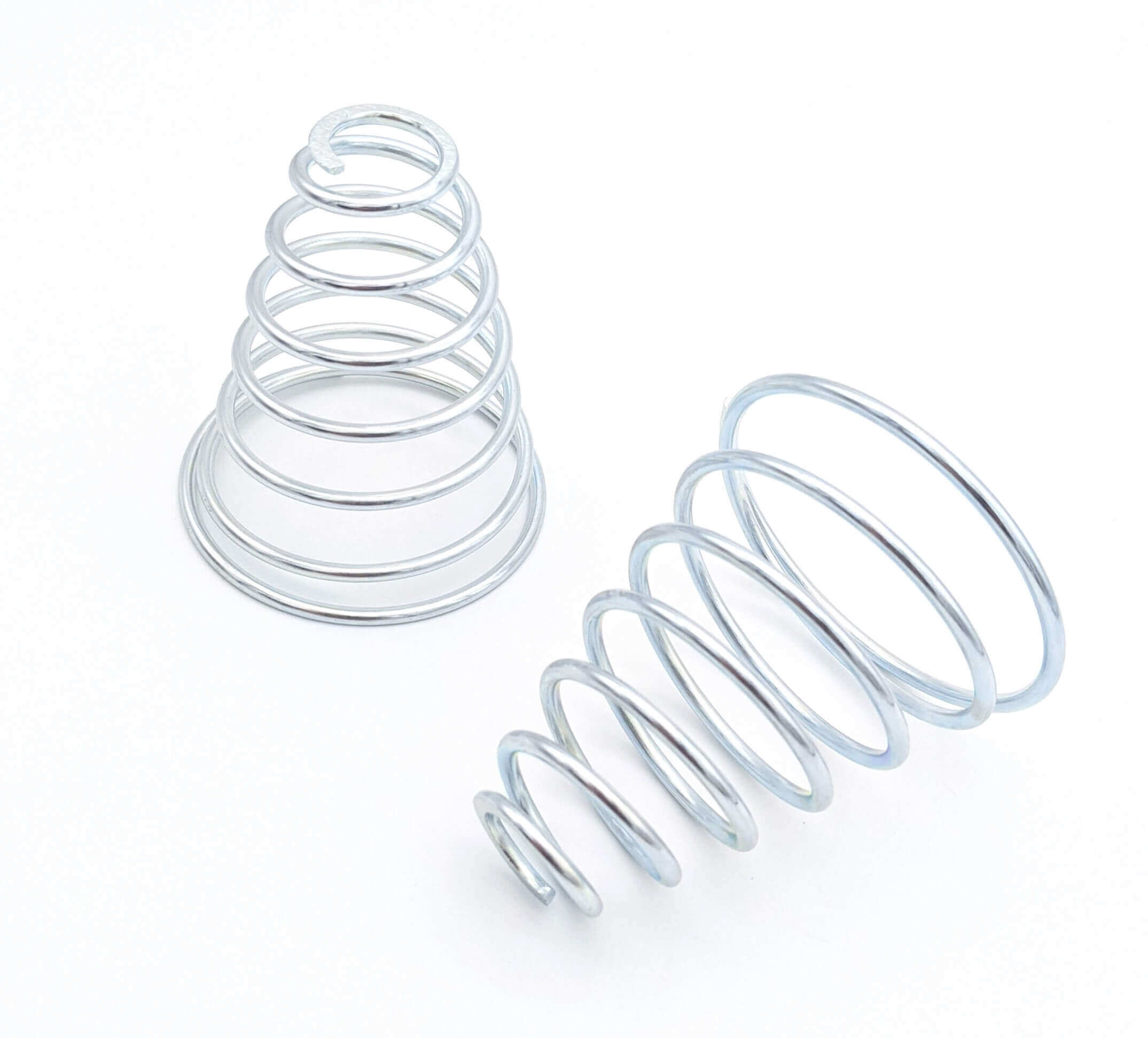Get unique, complex parts easily. No matter your requirements, Chaoyi Spring creates hard-to-produce coil springs and wire forms.
Let us help you create the custom wire form you need, from S-hooks and J-hooks to utility hooks and more.
We work closely with customers across a wide range of industries, helping them design and manufacture made-to-order parts.
Why choose Chaoyi Spring? We prioritize customer-focused collaboration, modern equipment and the latest technology to make your parts per print.
Find the information and guidance you need, from measuring a spring to learning about materials, placing an order and much more.
Working on car suspension can be a daunting task, especially when dealing with those pesky coil springs. They're designed to be tough and resilient, which is great for your car's


Working on car suspension can be a daunting task, especially when dealing with those pesky coil springs. They're designed to be tough and resilient, which is great for your car's ride but not so great for your fingers when trying to compress them. That's where a coil spring compressor comes in – a vital tool that makes the job safer, easier, and less likely to leave you with bruised knuckles.

Coil spring compressors are specialized tools designed to safely compress and hold coil springs in place while you work on suspension components. They come in a variety of shapes and sizes, with different features and capabilities. But the basic principle remains the same: they allow you to compress the spring with controlled force, taking the pressure off your hands and reducing the risk of injury.
Think of it this way: Imagine trying to squeeze a giant rubber band – it's tough, and you're likely to end up with a sore hand. A coil spring compressor is like a big pair of pliers specifically designed to safely handle that giant rubber band (or in this case, a coil spring).
There are primarily two main types of coil spring compressors commonly available:
Choosing the right compressor depends on the specific spring you're working with and the type of job you're doing. If you're just replacing struts or shocks, an internal compressor might be enough. However, if you're doing a complete suspension overhaul, an external compressor might be a better choice for its added leverage and ease of use.
Coil spring compressors are powerful tools, and like any power tool, safety must be paramount. Here are some key safety tips to keep in mind when using a coil spring compressor:
By following these safety precautions, you can minimize the risks associated with using a coil spring compressor. Remember, safety should always be your top priority.
Once you have chosen the right compressor for your job and ensured it's in good working order, you can follow these general steps to compress a coil spring:
By following these steps, you can safely compress and install new coil springs, even if you're a novice mechanic. The process can seem intimidating at first, but with careful planning and a methodical approach, you can tackle it with confidence.
Investing in a coil spring compressor can be a worthwhile decision for both mechanics and DIYers. It provides several benefits, including:
With all these benefits, a coil spring compressor is a must-have tool for anyone who frequently works on car suspension systems. It significantly enhances safety, convenience, and accuracy, making the job easier and less stressful.
With the wide variety of coil spring compressors on the market, choosing the right one for your needs might feel overwhelming. Consider these factors when making your decision:
By considering these factors, you can make an informed decision and choose the best coil spring compressor for your specific needs and budget. Investing in a good quality compressor can pay off in the long run by making your car repair and maintenance jobs easier and safer.
Coil spring compressors are essential tools for anyone working on car suspension systems, whether you're a professional mechanic or a DIY enthusiast. They offer several benefits, including increased safety, convenience, accuracy, and accessibility. Choosing the right compressor for your needs involves considering factors like type, capacity, features, durability, and price. Investing in a good quality compressor can significantly enhance your car repair experience, making it easier, faster, and safer. So, if you're planning to work on your car's suspension, don't forget to add a coil spring compressor to your toolbox! It could be the difference between a smooth and satisfying repair experience and one filled with frustration and potential injury.
In conclusion, a coil spring compressor is a valuable investment for anyone who regularly works on car suspension systems. It ensures safe and efficient spring compression, reducing the risk of injury and simplifying the repair process. By choosing the right compressor, understanding safety procedures, and following proper usage guidelines, you can confidently tackle those tricky coil springs and keep your car running smoothly. So, don't hesitate to add a reliable coil spring compressor to your tool collection and experience the benefits firsthand.
Browse some of the custom wire forms and springs that we manufacture. Don’t see what you need? We specialize in made-to-order products that meet your application requirements.
Visit Our GalleryNeed a custom wire form or coil spring? We make it work. Fill out the contact form and a representative will respond within 1 business day. If you have a PDF or CAD file, you can submit to request a quote.